The Next Big Business Hubs in Dhaka
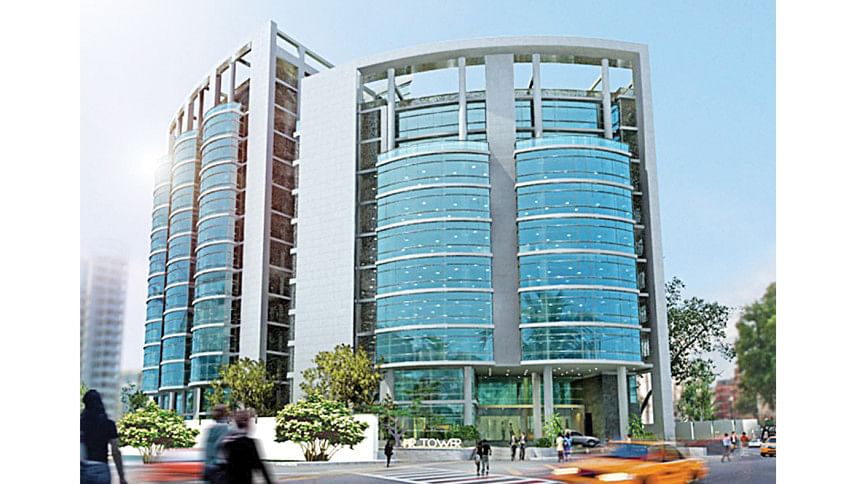
Over the years, Dhaka has become a bustling hub for commerce, culture, and urban development. Today, the capital's commercial real estate landscape is experiencing a transformative wave – characterised by cutting-edge architecture, sustainability, and tech-driven designs. As the city continues to expand, its skyline is rapidly transforming with ambitious projects and with this expansion both opportunities and challenges lie ahead.
Emerging trends in commercial real estate
Dhaka's commercial real estate sector is rapidly evolving to meet the demands of its growing economy, urban population, and global trends. Developers are rethinking traditional designs and functionalities to create spaces that address the diverse needs of businesses, employees, and customers.
Gone are the days of rigidly compartmentalised office spaces. Open floor designs are now at the forefront of commercial developments, offering flexibility and functionality. These spaces encourage collaboration and adaptability, which are essential for modern businesses.
As AZM Tanvir Ahad, Head of Sales and Marketing at Anwar Landmark Ltd., explains, "We are focusing on open spaces because renters prefer the open floor design, as it helps them approach customers more conveniently."
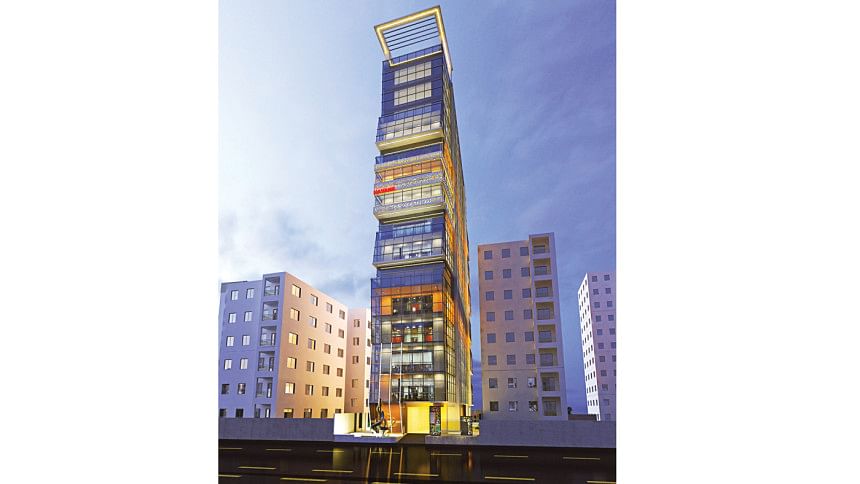
This approach is particularly advantageous for businesses that require frequent reconfiguration of layouts, such as retail outlets, coworking spaces, and tech startups. By focusing on prime locations like Gulshan, Dhanmondi, and Uttara, developers cater to high-demand areas where businesses prioritise customer convenience and accessibility.
Additionally, multifunctionality is becoming a key feature in commercial projects, integrating diverse elements like office spaces, retail outlets, restaurants, cafes, and recreational areas within the same complex. This approach addresses the urban lifestyle by prioritising convenience and reducing travel time – an important factor in a city like Dhaka, where traffic congestion is a major challenge.
Architect Arifa Malik Bristy, CEO of Irenderer, emphasises this shift, saying, "As an architect working in one of the world's most densely populated cities, I have noticed a growing trend towards multifunctional and sustainable designs. Many projects integrate diverse spaces to create dynamic environments that cater to varied customer needs. This trend not only reflects the demand for convenience but also helps businesses thrive by fostering an ecosystem where people can work, shop, dine, and relax in one location."
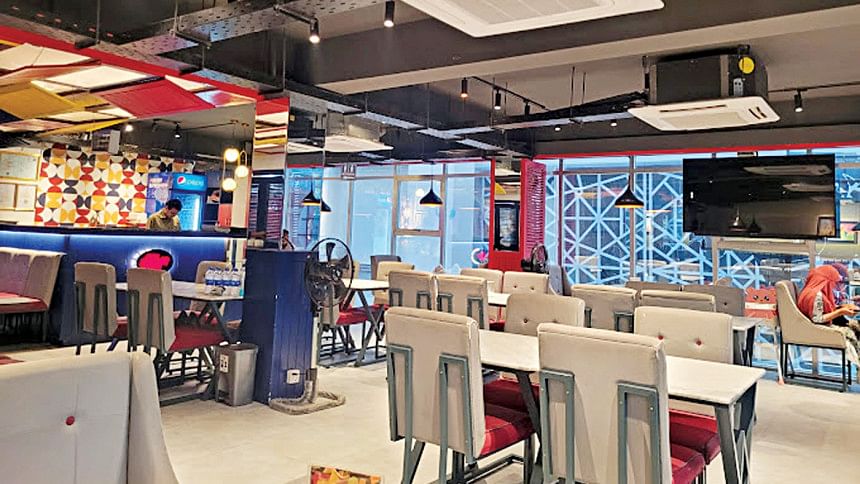
Such developments align with Dhaka's urbanisation goals by creating self-sufficient hubs that reduce the need for commuting, making them particularly appealing to both businesses and residents.
With multifunctionality, sustainability has moved from being a mere buzzword to a necessity in Dhaka's commercial real estate market. Developers are adopting eco-friendly practices to meet global standards and address environmental challenges. From rooftop gardens and energy-efficient systems to the use of ash blocks instead of traditional bricks, these initiatives reflect a commitment to minimising environmental impact.
Ahad shares how Anwar Landmark Ltd. is embracing green technology. "When it comes to design and functionality, we are prioritising sustainability and green buildings. We have incorporated state-of-the-art green technology in our projects as well," he elaborates.
Moreover, Bristy adds, "There is a growing emphasis on achieving LEED certification. This involves optimising energy consumption with efficient lighting, incorporating renewable materials, and designing for long-term sustainability."
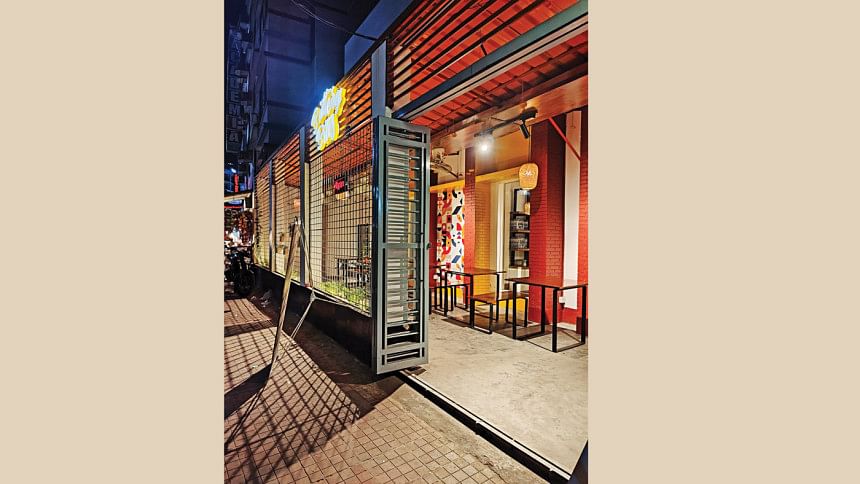
Green buildings not only reduce operational costs for businesses but also contribute to a healthier working environment, making them attractive to multinational corporations and forward-thinking local enterprises.
Modern commercial developments are placing greater emphasis on creating community-focused environments. These spaces go beyond traditional offices or retail outlets, incorporating features like green courtyards, wellness centres, and recreational zones. Such designs foster a sense of belonging and well-being, which is vital in a densely populated and fast-paced city like Dhaka.
These emerging trends in Dhaka's commercial real estate sector reflect a broader shift towards sustainability, technology, and convenience. By addressing the unique challenges and opportunities of urban living, developers are setting the stage for a future-ready city that caters to the evolving demands of businesses and residents alike.

Prime locations for commercial projects
In a city like Dhaka, location is an essential determinant of success for commercial real estate projects. The city's rapid urbanisation and economic growth have created a high demand for strategically located commercial spaces that offer accessibility, convenience, and prestige.
Gulshan-Banani is widely regarded as the epicentre of Dhaka's corporate and diplomatic activities. This upscale neighbourhood is home to multinational corporations, embassies, luxury hotels, and high-end retail outlets, making it a hotspot for commercial projects. Moreover, the area offers an array of fine dining restaurants and premium retail options – catering to the needs of high-profile business executives and expatriates.
Dhanmondi, historically known as a residential area, is now an equally thriving centre for startups, educational institutions, healthcare facilities, and retail businesses. The area's central location and vibrant community make it an ideal spot for mid-range commercial projects.
Its convenient location ensures easy connectivity to major parts of the city, appealing to both businesses and customers and the area's relatively affordable commercial spaces make it a popular choice for startups and small-to-medium enterprises. Ahad shares, "We have ongoing commercial projects in Dhanmondi-2, where we're focusing on open spaces and sustainable design. The demand in this area reflects a preference for modern yet community-centric commercial environments."
In contrast to the upscale neighbourhoods of Gulshan-Banani, Purbachal New Town has emerged as a prime location – a planned satellite city being developed to alleviate congestion in central Dhaka. With vast tracts of land allocated for commercial, residential, and administrative purposes, it is rapidly gaining attention as Dhaka's future business hub.
Similarly, once considered a residential suburb, Uttara is rapidly evolving into a bustling commercial zone. Its proximity to Hazrat Shahjalal International Airport and strategic location along major transportation routes make it an attractive destination for businesses.
The rise of landmark commercial projects
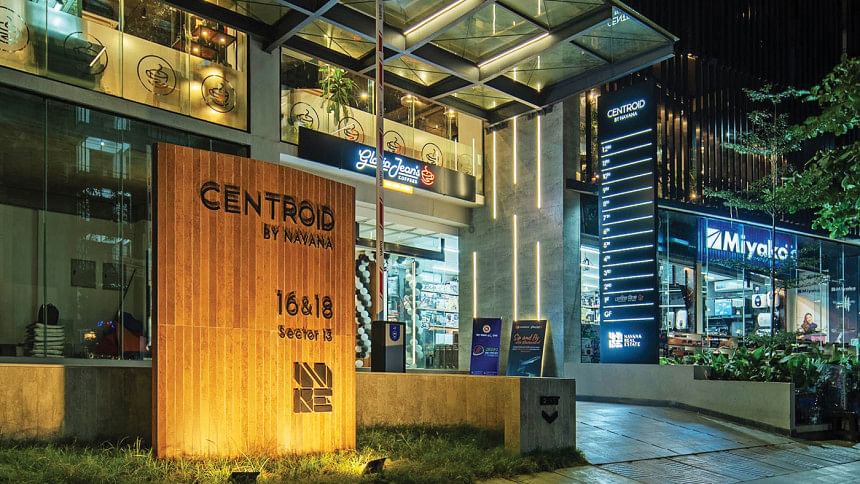
Amidst Dhaka's architectural renaissance, some projects stand out as defining the future of commercial real estate.
Navana Real Estate Ltd. has been at the forefront of this transformation with landmark projects that exemplify the city's evolving skyline. The Navana HR Tower, a modern corporate complex in Banani, boasts world-class amenities designed to cater to top-tier businesses.
Meanwhile, The Trillium by Navana redefines luxury commercial spaces with its sophisticated design and strategic location in Gulshan. For businesses seeking a balance of prestige and functionality, Centroid by Navana in the bustling business district of Tejgaon offers state-of-the-art office spaces that embody efficiency and sustainability.
These projects reflect the broader trend of blending architectural brilliance with practical utility, ensuring Dhaka remains an attractive destination for corporate giants and emerging enterprises alike.
Growth drivers
Dhaka is one of the world's fastest-growing megacities and this rapid urbanisation is creating immense demand for commercial spaces to accommodate the needs of businesses, institutions, and consumers. The burgeoning middle and upper-middle classes are driving economic activity, leading to increased retail consumption and the expansion of corporate offices.
And most importantly, Dhaka's ongoing infrastructural projects are revolutionizing connectivity and accessibility within the city. Projects like the Mass Rapid Transit (MRT) lines, the Dhaka Elevated Expressway, and the expansion of major arterial roads are significantly reducing travel times and enhancing the feasibility of commercial hubs outside traditional areas like Motijheel and Gulshan.
That said, despite the city's growth, the real estate sector faces challenges, including high land prices, bureaucratic delays, and traffic congestion. Nevertheless, innovations in multifunctional designs and smart technologies are helping mitigate these issues.
What lies ahead?
The future of Dhaka's commercial real estate seems bright; however, the success of these initiatives depends on sustained efforts to prioritise efficient urban planning and cutting-edge technology.
Dhaka is not just expanding – it is innovating. And hopefully, with a clear focus on sustainability, convenience, and proper technological integration, the capital will be able to redefine its identity as a global player in the commercial real estate market.

 For all latest news, follow The Daily Star's Google News channel.
For all latest news, follow The Daily Star's Google News channel. 



Comments